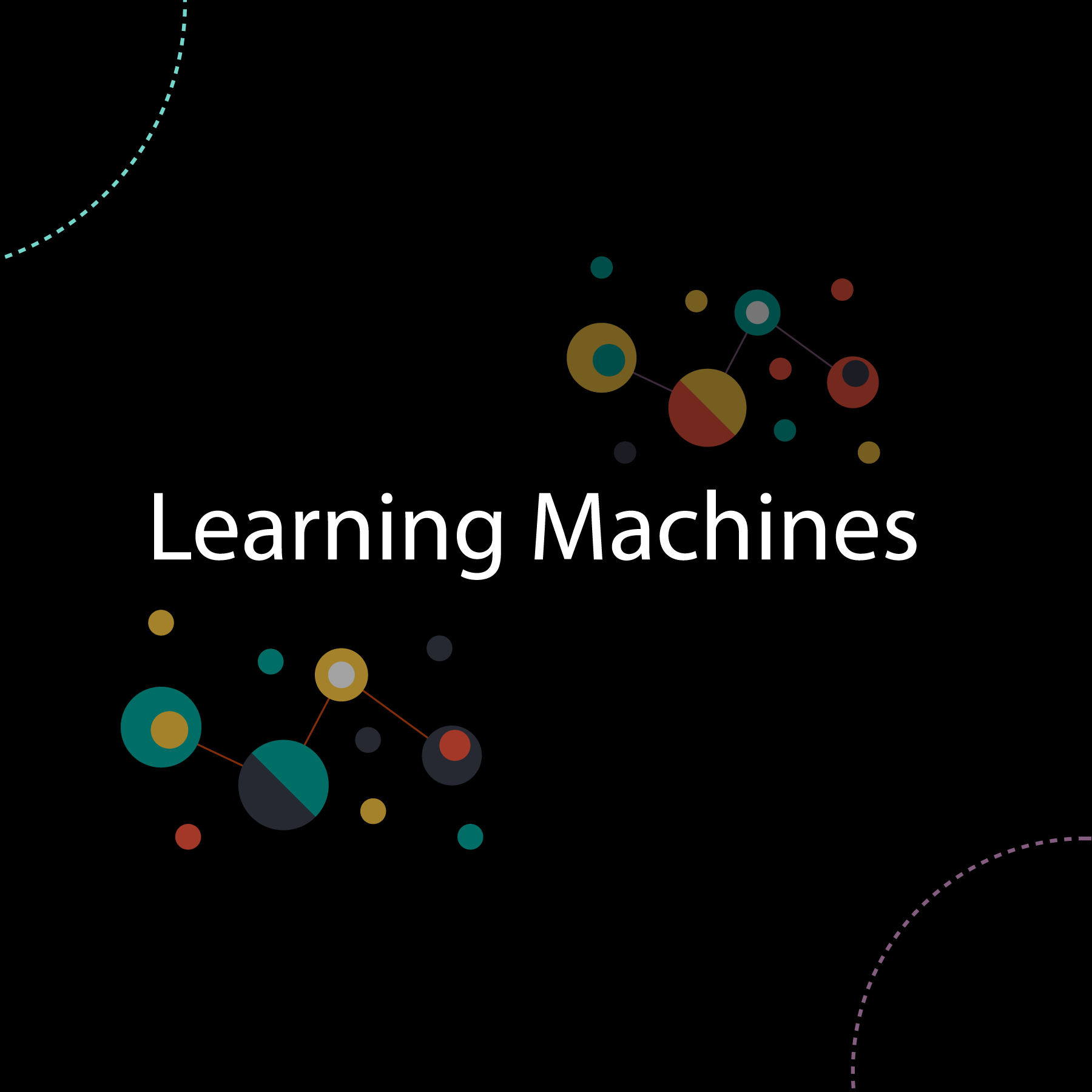Start Machine Learning

Machine Learning is a method of data analysis that automates analytical model building.
Using algorithms that iteratively learn from data, machine learning allows computers to find hidden insights without being explicitly programmed where to look.

There are three types of machine leraning algorithms:
Supervised Learning:
This algorithm consist of a target / outcome variable (or dependent variable) which is to be predicted from a given set of predictors (independent variables). Using these set of variables, we generate a function that map inputs to desired outputs. The training process continues until the model achieves a desired level of accuracy on the training data. Examples of Supervised Learning: Regression, Decision Tree, Random Forest, KNN, Logistic Regression etc.
Unsupervised Learning:
In this algorithm, we do not have any target or outcome variable to predict / estimate. It is used for clustering population in different groups, which is widely used for segmenting customers in different groups for specific intervention. Examples of Unsupervised Learning: Apriori algorithm, K-means.
Reinforcement Learning
Using this algorithm, the machine is trained to make specific decisions. It works this way: the machine is exposed to an environment where it trains itself continually using trial and error. This machine learns from past experience and tries to capture the best possible knowledge to make accurate business decisions. Example of Reinforcement Learning: Markov Decision Process
List of Common Machine Learning Algorithms
Here is the list of commonly used machine learning algorithms. These algorithms can be applied to almost any data problem:
Linear Regression - Logistic Regression - Decision Tree - SVM - Naive Bayes - kNN - K-Means / Random Forest - Dimensionality Reduction Algorithms - Gradient Boosting algorithms
1. Data Acquisition:
This process provides a recommended lifecycle that you can use to structure your data-science projects. The lifecycle outlines the major stages that projects typically execute, often iteratively:
Business understanding
Data acquisition and understanding
Modeling
Deployment
Customer acceptance

2. Data Cleaning
The steps and techniques for data cleaning will vary from dataset to dataset. As a result, it’s impossible for a single guide to cover everything you might run into.
Data cleaning is one those things that everyone does but no one really talks about. Sure, it’s not the “best” part of machine learning. And no, there aren’t hidden tricks and secrets to uncover.
However, proper data cleaning can make or break your project. Professional data scientists usually spend a very large portion of their time on this step.

Refrence:
https://www.analyticsvidhya.com/blog/2017/09/common-machine-learning-algorithms/
https://docs.microsoft.com/en-us/azure/machine-learning/team-data-science-process/lifecycle-data
https://www.elitedatascience.com/data-cleaning
https://www.udemy.com/
